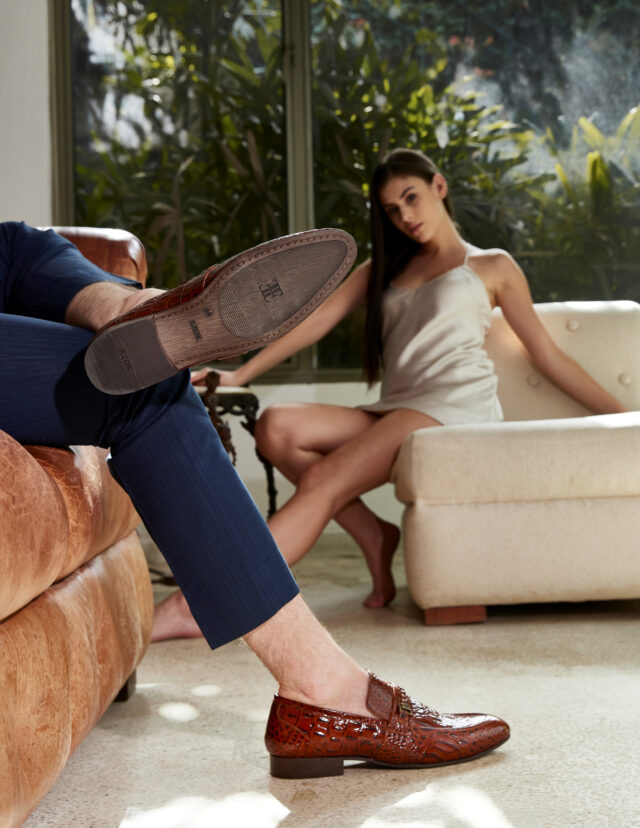By Arvind Bajaj, footwear enthusiast and connoisseur
Quality footwear involves much more than simply choosing between leather or rubber soles. There is a wide array of types within each category, each with its own specifications and advantages.
Here’s a simple guide to the most prevalent types of soles for high-quality shoes and boots.
Leather soles
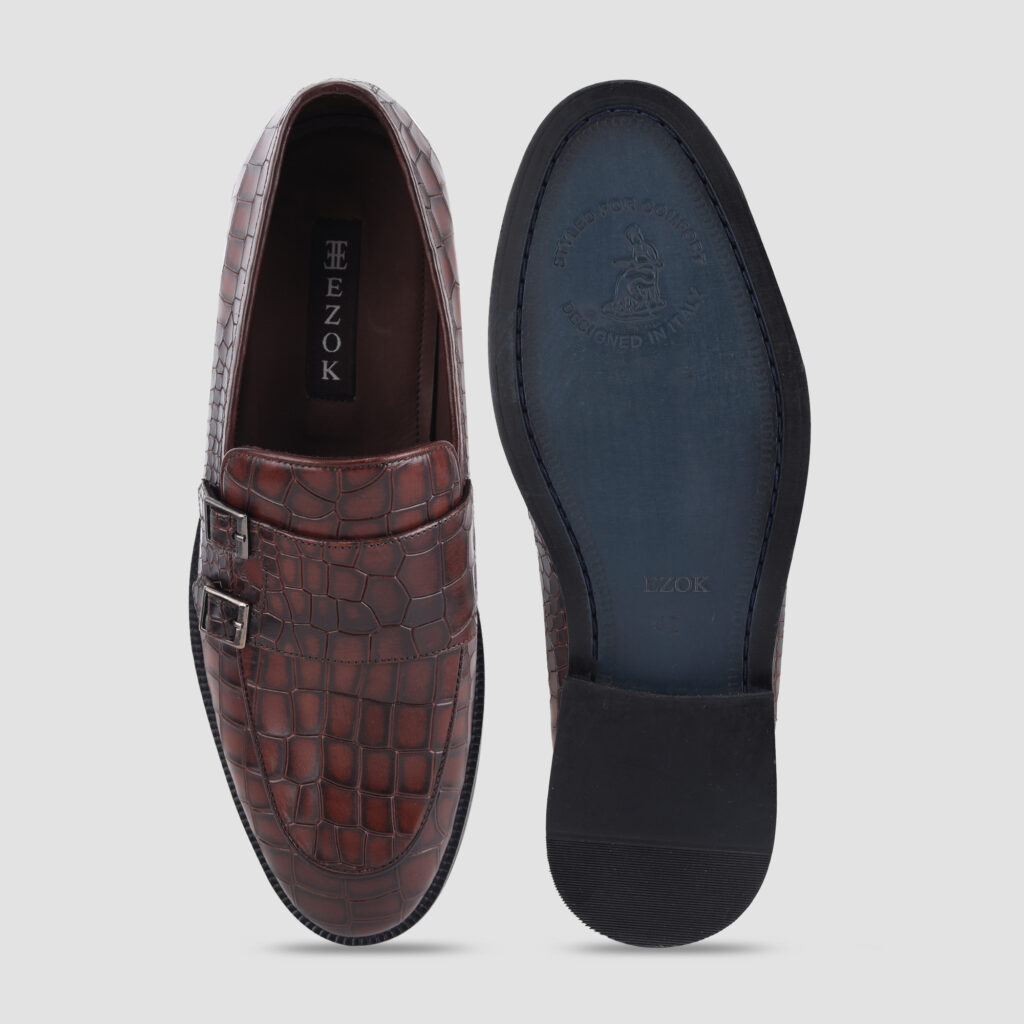
Leather soles are a hallmark of quality and craftsmanship in footwear, often associated with premium and bespoke shoes. They are crafted from the outer layer of animal hide, typically cowhide, which undergoes a meticulous tanning process to enhance durability and flexibility. Leather soles are renowned for their breathability, allowing air to circulate, which helps keep feet cool and comfortable. This natural material also conforms to the shape of the foot over time, offering a personalized fit and superior comfort. Additionally, leather soles provide a sleek, elegant appearance, making them a popular choice for formal and dress shoes.
However, leather soles require proper care and maintenance to ensure longevity. They are susceptible to wear and moisture damage, so it’s advisable to avoid prolonged exposure to wet conditions. Regular conditioning and occasional resoling can extend their lifespan. Leather soles may initially feel stiff, but they gradually become more supple with use. While they might not offer the same level of grip as rubber soles, their sophisticated look and the traditional craftsmanship involved in their making continue to make them a preferred choice for those seeking timeless elegance and quality in their footwear. A leather sole on a Goodyear welted shoe is sewn onto the welt, showing two leather layers from the side. Blake stitched shoes have a thinner midsole instead of a welt. The heel base, attached to the back of the leather sole, typically has a top lift made of the same material as the sole, except for the back piece, which is usually rubber.
Leather soles become soft and comfortable after a few uses and are often perceived as cooler than rubber soles.
Rubber soles
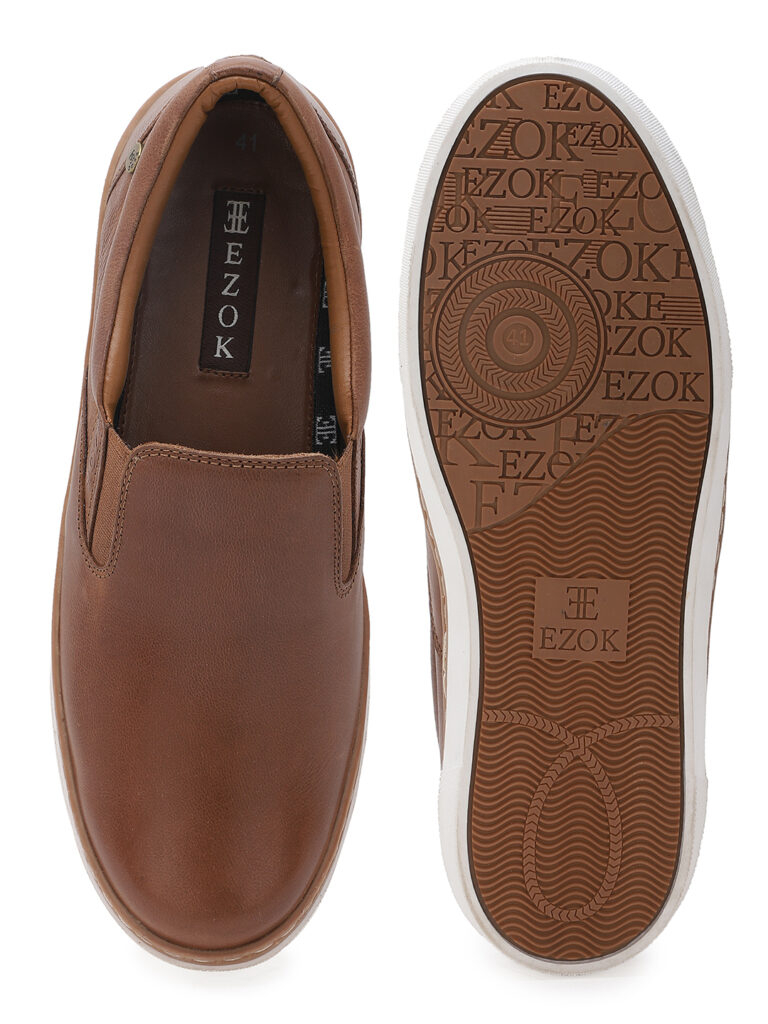
Rubber soles, named for their primary material, offer excellent durability and traction. In recent years, thin rubber soles have become increasingly popular in the dress shoe world. These soles mimic the appearance of leather so closely that it’s difficult to distinguish them from the side. They outperform leather in wet conditions due to their waterproof nature and superior grip, and some rubber blends even provide traction on snow and ice.
Whether you’re navigating city streets or rugged trails, rubber soles provide reliable performance and are water-resistant, making them suitable for various weather conditions. However, they may lack breathability.
To maintain their longevity, clean them with a damp cloth and apply a rubber protectant. Built for diverse terrains, they ensure a firm grip, making them dependable companions for both urban and outdoor adventures.
Crepe soles
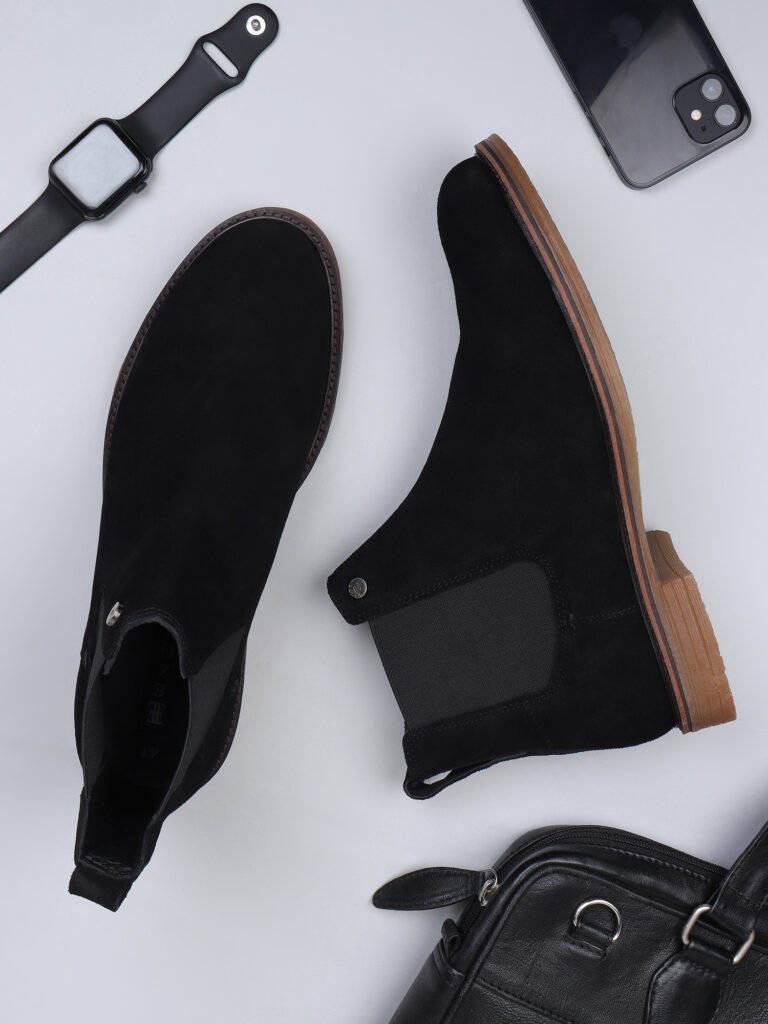
Among the top contenders, second only to the best, are the comfort champions – Crepe Soles. Made from natural rubber, they offer unparalleled comfort and flexibility. Primarily used for more casual models, natural rubber soles offer varying levels of grip, making them somewhat unpredictable. They are often very comfortable due to their softness but tend to wear out quickly.
To preserve their cozy appeal, regularly brush off dirt, avoid excessive moisture, and store them in a cool, dry place. The best part? Like leather soles, you can take pride in the eco-friendliness of natural rubber!
TPU Soles
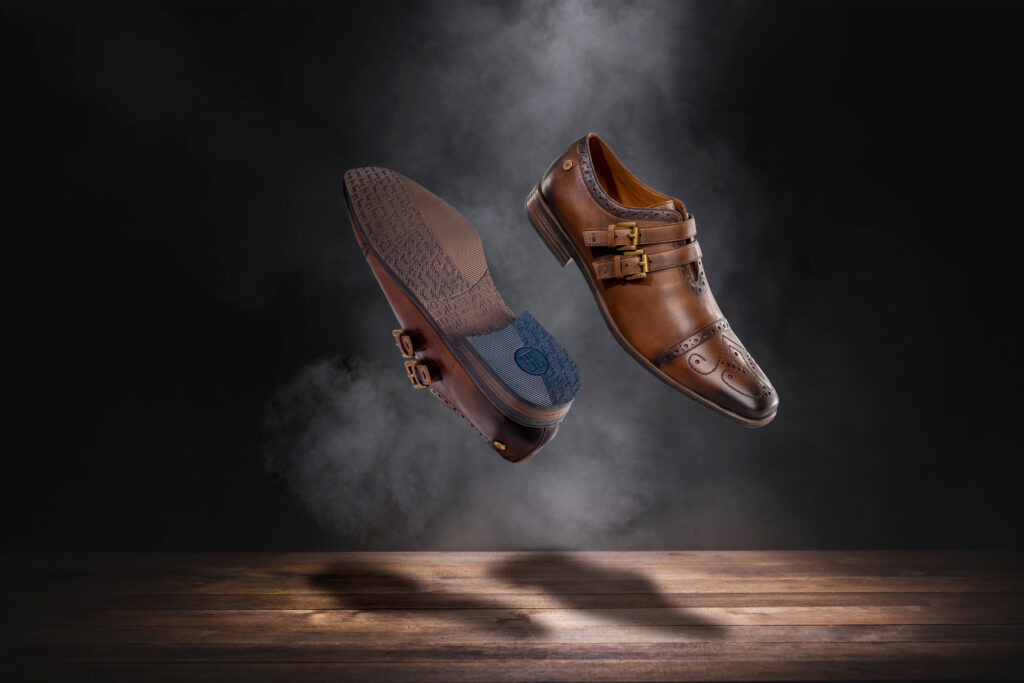
TPU soles represent a remarkable advancement in footwear technology, offering benefits that elevate the wearer’s experience. Their durability, resistant to abrasion and oil, ensures longevity without sacrificing performance. Despite their robust construction, TPU soles maintain light quality, providing unparalleled comfort for extended wear. While they may come with a slightly higher price tag, their premium quality and longevity make them a worthwhile investment. Moreover, TPU soles excel in providing excellent traction, even on slippery surfaces, instilling confidence with every step. Their flexibility seamlessly adapts to the foot’s movement, further enhancing comfort and agility. Perhaps most notably, TPU soles offer an eco-friendly option, being recyclable and thus reducing environmental impact. In essence, TPU soles redefine footwear standards, embodying durability, comfort, and sustainability in every stride. In the realm of boot soles, TPU soles embody the perfect blend of durability and flexibility. These thermoplastic polyurethane soles provide a strong foundation while retaining their supple nature, seamlessly adapting to various conditions and resisting abrasion.
Maintaining these versatile companions is a breeze—a simple wipe with a damp cloth is all that’s needed. TPU soles epitomize the harmony of durability, flexibility, and simplicity.
EVA Soles
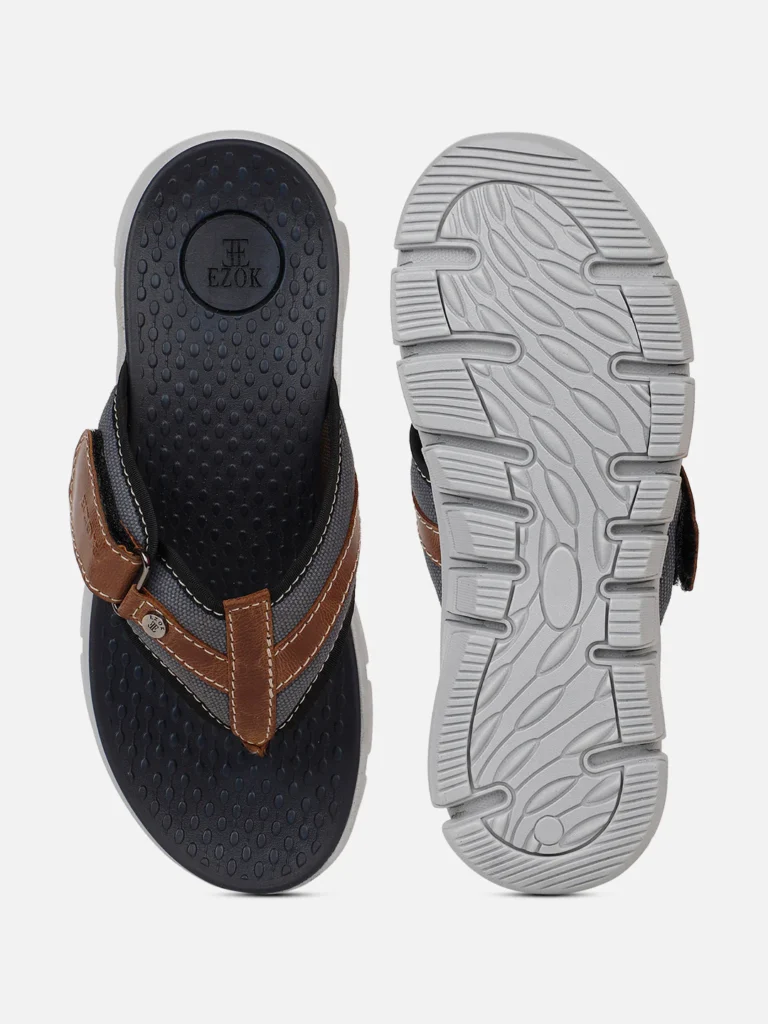
In the dynamic landscape of footwear innovation, Ethylene-Vinyl Acetate (EVA) emerges as a transformative force. From their innate flexibility, surpassing that of traditional rubber, to their featherweight construction, EVA sneakers defy conventional norms, offering a harmonious fusion of comfort and style. EVA polymer, born from the fusion of ethylene and vinyl acetate, has reshaped the industry with its remarkable elasticity, yielding materials reminiscent of rubber in their softness and flexibility.
EVA’s application in shoe manufacturing, particularly evident in the creation of EVA sneakers, represents a paradigm shift in comfort and durability. These sneakers, designed for both men and women, epitomize a harmonious balance between lightweight construction and enduring resilience, courtesy of EVA’s distinctive composition.
Moreover, EVA’s insulating properties ensure warmth and comfort even in the coldest climates, while its exceptional shock absorption capabilities cushion each stride, minimizing impact on joints and elevating the walking or running experience.
FOAM Soles
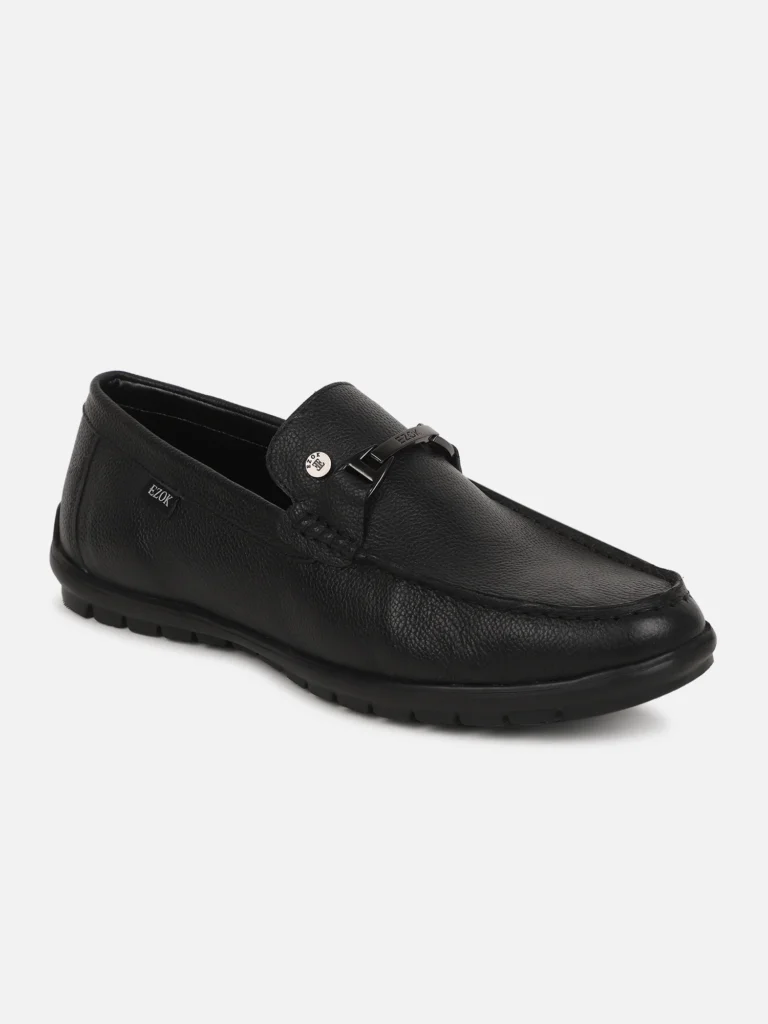
Foam comes in various types, distinguished by differences in cell structure. Typically, foam is produced by infusing rubber compounds with plastic and air, resulting in a dense, highly durable, and somewhat flexible material.
Its malleability makes foam a favorite for avant-garde designs, but it also serves practical purposes. Foam outsoles, for instance, excel in shock absorption, making them ideal for both casual walking shoes and athletic sneakers. While sneakers and tennis shoes may differ, they can both benefit from quality foam construction.
Memory Foam, a common variant, molds to the wearer’s feet over time, offering personalized arch support. This feature is particularly advantageous for those with active lifestyles or jobs requiring prolonged standing. Additionally, foam is relatively easy to clean compared to many other materials.
However, it’s essential to acknowledge some drawbacks of foam. It tends to retain heat and moisture, which can be advantageous for warmth but less so for long-term active use.
Cork Soles
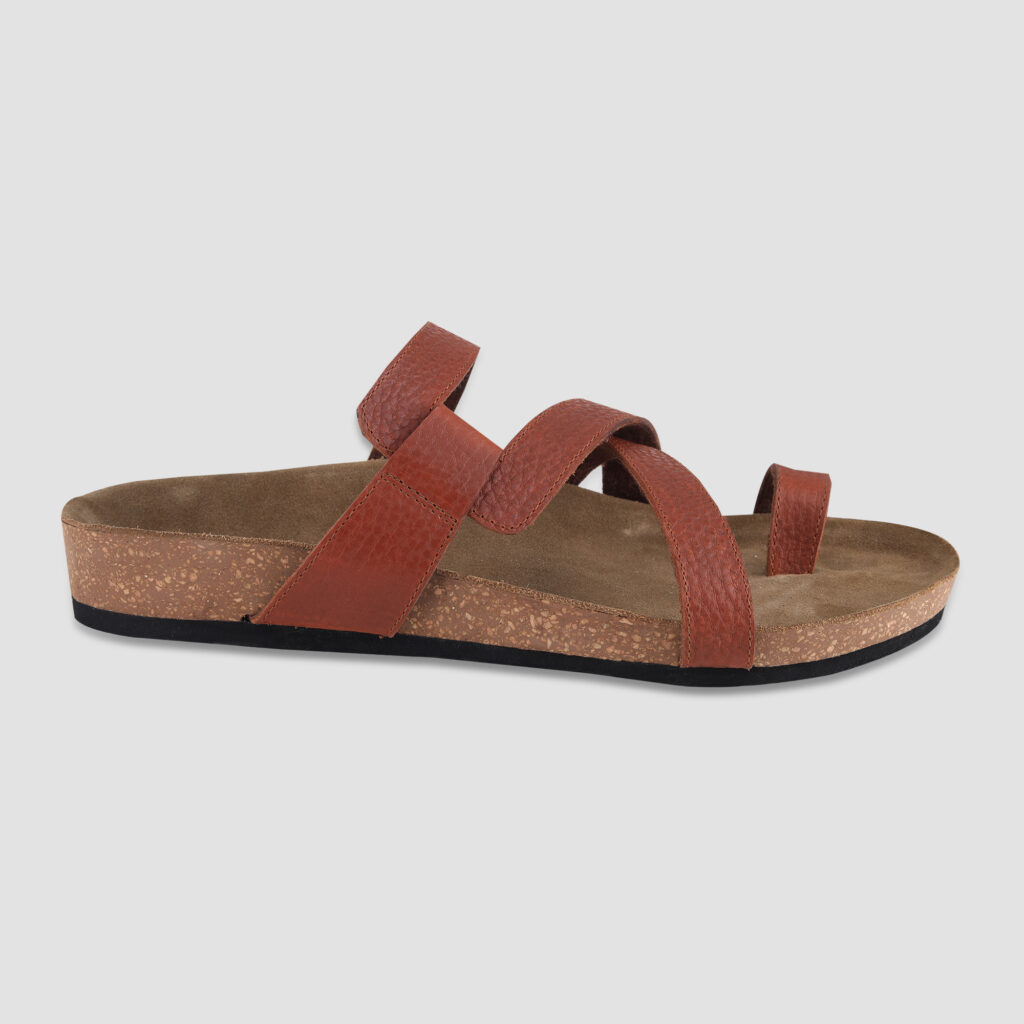
Cork, formally known as Cork Nitrile, shares similarities with rubber in its ability to withstand various conditions, including oils and water, thus rendering it highly resilient. Like foam, it possesses a slight elasticity that conforms to the wearer’s needs, providing exceptional arch support when utilized as an insole.
Naturally, cork material repels moisture and offers excellent breathability. However, it tends to be relatively weighty compared to alternative sole materials and lacks a natural tread, resulting in diminished grip strength.
The primary factors contributing to slip resistance on slick surfaces include soft materials like rubber, wide heels, and a curved heel shape, along with treads that enhance traction. In the case of cork, the challenge lies in its inadequate treads, leading to inferior traction.
Moreover, cork takes longer to dry compared to other materials since it does not absorb sweat, potentially resulting in odor concerns, particularly for everyday footwear.
PVC Soles
Polyvinyl Chloride (PVC) soles have long been a staple in the footwear industry, renowned for their durability and resilience against wear and tear.
In terms of longevity, PVC soles reign supreme, offering unmatched durability that withstands the rigors of daily use. However, it’s essential to note that PVC soles tend to lean towards the heavier side compared to their counterparts, a factor worth considering for those prioritizing lightweight footwear options.
One of the most significant advantages of PVC soles is their cost-effectiveness, making them a preferred choice for manufacturers seeking to deliver quality products without breaking the bank. Additionally, their inherent water resistance makes PVC soles an ideal option for braving rainy conditions, providing reliable traction on various surfaces. Despite their durability and water resistance, PVC soles offer a moderate level of flexibility.
In conclusion, the array of shoe sole options each tells its own unique story.
From the timeless sophistication of leather to the adaptable TPU, the choice of sole material reflects both personal style and practical requirements. So, which sole will accompany you on your next adventure?
Which Sole Suits Your Style?
Seeking Longevity: Opt for PVC or TPU soles for enduring wear.
Craving Comfort: Embrace the coziness of TPR or the lightweight feel of TPU soles.
Watching Your Wallet: Consider the affordability of PVC or TPR options.
Eco-Friendly Footwear: Make the sustainable choice with TPU, prioritizing environmental consciousness.
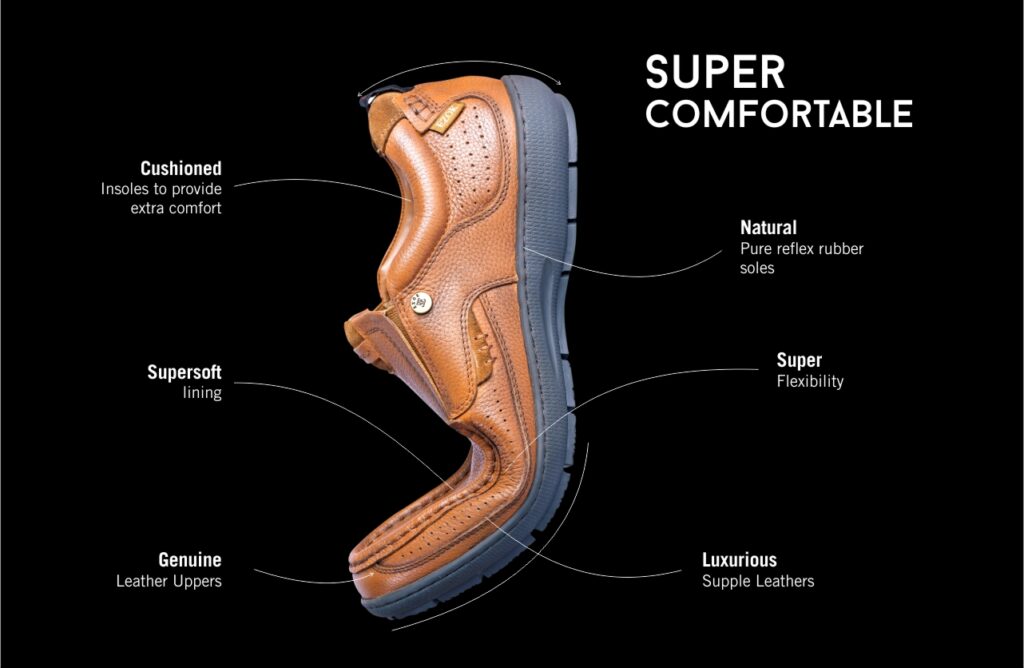
In summary, the selection among PVC, TPR, and TPU soles hinges on your specific footwear requirements, financial constraints, and environmental values. Each variant boasts distinct advantages, so choose wisely to craft footwear that resonates with your target audience and aligns with market preferences. Keep in mind that the sole forms the cornerstone of every exceptional shoe, so deliberate thoughtfully to stride confidently toward success in the footwear industry.
Here’s a parting suggestion: rotate your footwear. Just like giving your favorite pair a break, alternating between different sole types not only extends their lifespan but also ensures readiness for any terrain. It’s the key to keeping your soles content and every step assured.
About the Author: Arvind Bajaj, the mind behind EZOK Shoes, began in humble surroundings, but his vision soared globally. His parent company, Amar Shoes, thrives with cutting-edge facilities in Agra and Noida, employing over 1200 and leading the industry.


